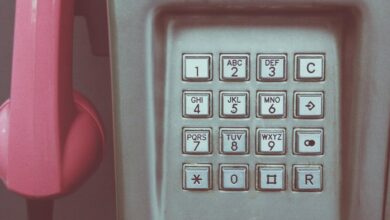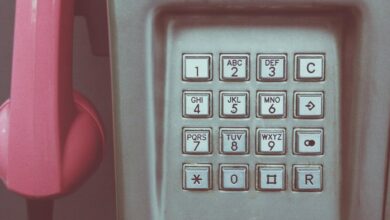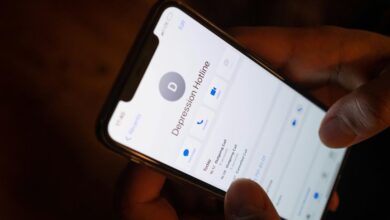Scam Verification Hotline Check: 3062060852, 3063471395, 3069103397, 3069103454, 3069558200, 3069860020

Scam calls are a growing concern, with numerous reports of suspicious numbers circulating. Among these are 3062060852, 3063471395, 3069103397, 3069103454, 3069558200, and 3069860020. Utilizing a scam verification hotline can help individuals determine the legitimacy of these calls. Understanding how to navigate this process is essential for safeguarding personal information. What steps can one take to ensure they are not falling victim to such schemes?
Understanding Scam Calls
Scam calls have become an increasingly prevalent issue, targeting individuals across various demographics.
Understanding the scam psychology behind these calls reveals the caller tactics employed to manipulate emotions and create urgency. Scammers often exploit fear and trust, using persuasive language to elicit personal information.
Recognizing these tactics is essential for individuals seeking to protect their freedoms and maintain their privacy in an interconnected world.
Identifying Suspicious Phone Numbers
Recognizing the signs of fraudulent activity extends beyond understanding the tactics employed by scammers; it also involves identifying suspicious phone numbers that may signal a potential threat.
Phone numbers with unusual or suspicious area codes often raise red flags. Additionally, scammers frequently employ caller ID tricks to mask their true identity, making vigilance essential for individuals seeking to protect their personal information and ensure their freedom.
How to Use Scam Verification Hotlines
Many individuals find themselves unsure about the legitimacy of a phone call, leading to the need for reliable verification methods.
Utilizing scam verification hotlines enhances scam hotline effectiveness, allowing users to confirm the authenticity of suspicious numbers. By providing a phone number for verification, individuals can protect themselves from fraud.
This process ensures informed decision-making and promotes personal freedom in communication.
Reporting Scam Calls
Reporting scam calls is a crucial step in combating fraudulent activities that target unsuspecting individuals.
Effective reporting procedures involve documenting the details of the scam, including the caller’s number, time of the call, and any information exchanged.
This scam documentation aids authorities in tracking down offenders and preventing future scams, ultimately empowering individuals to reclaim their freedom from deceitful practices.
Protecting Your Personal Information
While individuals may feel confident sharing personal information in everyday interactions, safeguarding this data is essential in an age where scams proliferate. Protecting data privacy helps mitigate the risk of identity theft. Awareness and vigilance are crucial for maintaining security.
| Action | Importance |
|---|---|
| Use strong passwords | Prevent unauthorized access |
| Limit shared data | Reduce exposure to risks |
| Monitor accounts | Detect unusual activity early |
| Educate yourself | Recognize potential scams |
| Secure devices | Protect against breaches |
Recognizing Signs of a Scam
How can individuals effectively identify a scam?
Recognizing common phrases such as “urgent action required” or “you’ve won a prize” can signal scam tactics.
Additionally, unsolicited communications, requests for personal information, and pressure to act quickly are red flags.
Awareness of these indicators empowers individuals to protect their freedom and avoid falling victim to deceitful schemes that exploit trust.
Conclusion
In conclusion, vigilance against potential scams is paramount in today’s interconnected world. Utilizing scam verification hotlines for numbers such as 3062060852 and others can safeguard one’s personal information, much like a knight discerning friend from foe in the medieval realm. By identifying suspicious calls and reporting them, individuals can contribute to a collective defense against fraud. Staying informed and proactive is essential in navigating the treacherous waters of modern communication, ensuring that one’s personal safety remains intact.




